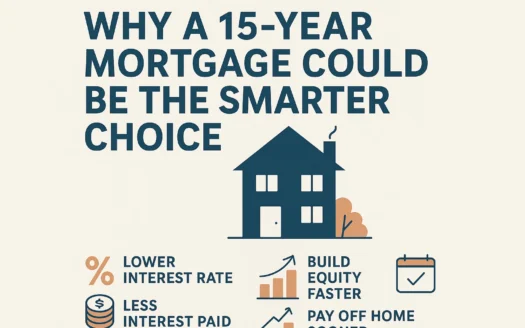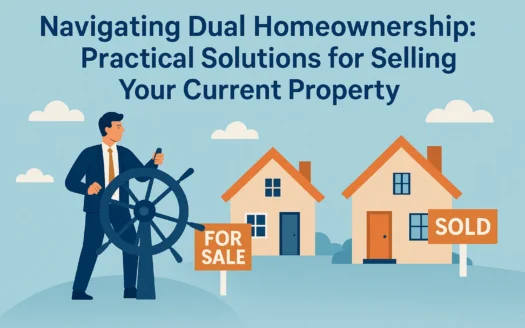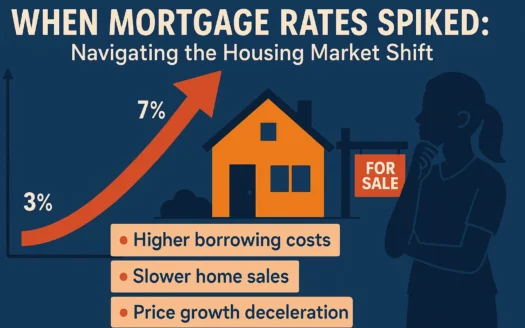Buying a New Home and Simultaneously Selling Your Old One Is Never Easy

Buying a New Home and Simultaneously Selling Your Old One Is Never Easy
The Challenge of Timing Your Sale and Purchase
You can either sell first and find temporary housing while you build or buy your move-up home, or you can buy first and foot the bill for two mortgage payments while you work to sell the old one. Neither choice is ideal — and both mean serious stress. Fortunately, there’s a third option that might offer a more manageable solution: a bridge loan. With a bridge loan, you can pay for the up-front costs of your new property while selling your existing home behind the scenes. Once you sell the house, you can pay off your new loan (as well as anything remaining on your old mortgage) from the proceeds.
How a Bridge Loan Works
Bridge loans are a type of short-term financing — and they’re popular with homeowners who need to sell their current home before buying or building a new one. With bridge loans, your existing home acts as collateral, so the amount you can borrow depends on how much equity you have in the property. Usually, a lender won’t go higher than 80% of the home’s value.
Bridge loans can be used to pay for the down payment, construction expenses, closing costs, and more on your new property. They can also pay off the remaining balance on your existing mortgage, so you don’t have multiple payments to deal with while you sort out your home sale.
Depending on how your bridge loan is set up, you might make monthly loan or interest-only payments, or you might have no payments whatsoever, instead making a single, lump-sum payment at the end of the term (typically six months to a year).
A Real-Life Example
Here’s how a bridge loan works in real life: Let’s say you’re looking to build a new home. Unless you have a lot of savings, you probably need the proceeds from your current home’s sale to afford your new property.
While you could sell the home now, that would leave you without a place to live while your new house is under construction. To avoid this hassle, you might consider taking out a bridge loan against your current property, using the funds to pay off your existing mortgage, as well as cover the down payment and closing costs on your new property.
Getting a Bridge Loan
There’s no set-in-stone standard for bridge loans, so the eligibility requirements vary greatly from lender to lender. Generally though, lenders tend to require fairly high credit scores for bridge loans, as they’re riskier than other loan options. You’ll also need a low debt-to-income ratio and significant equity in your home. Lenders usually won’t consider you for a bridge loan if you have less than 20% equity in the property.
Generally, you can expect the following fees and expenses when taking out a bridge loan: origination fee, appraisal fee, administrative fees, various title fees, interest, and taxes. The exact amounts depend on your lender and loan balance.
If you think a bridge loan could be right for your situation, you’ll need to find a lender who offers them. Not all mortgage lenders do, so shop around and get multiple quotes. Rates and terms vary significantly.
Pros and Cons of Bridge Loans
Ideally, the sale of your current home and the closing date of your new one would align perfectly. Unfortunately, this rarely happens. A bridge loan gives you leeway in timing and reduces financial stress. However, they come with trade-offs.
Pros:
- You can take your time selling your existing house.
- Prevents having two mortgage payments simultaneously.
- Gives you an edge with sellers (no sale contingency needed).
- Allows you to cover down payments and closing costs without large savings.
- You can stay in your existing home while building or shopping.
- Faster approval than other financing options.
Cons:
- Higher interest rates than traditional loans.
- Requires securing long-term financing later.
- Uses your home as collateral.
- Requires high credit scores and significant equity.
- Higher origination fees.
- Risk of multiple payments if the sale is delayed.
Alternatives to Bridge Loans
Bridge loans aren’t the only option. Consider home equity loans, home equity lines of credit, or construction loans. Another option is selling your home first with a lease-back clause in the contract, allowing you to rent the property until your new home is ready.
However you proceed, buying and selling simultaneously is challenging but not impossible. For more details, explore additional buying and financing guides.




